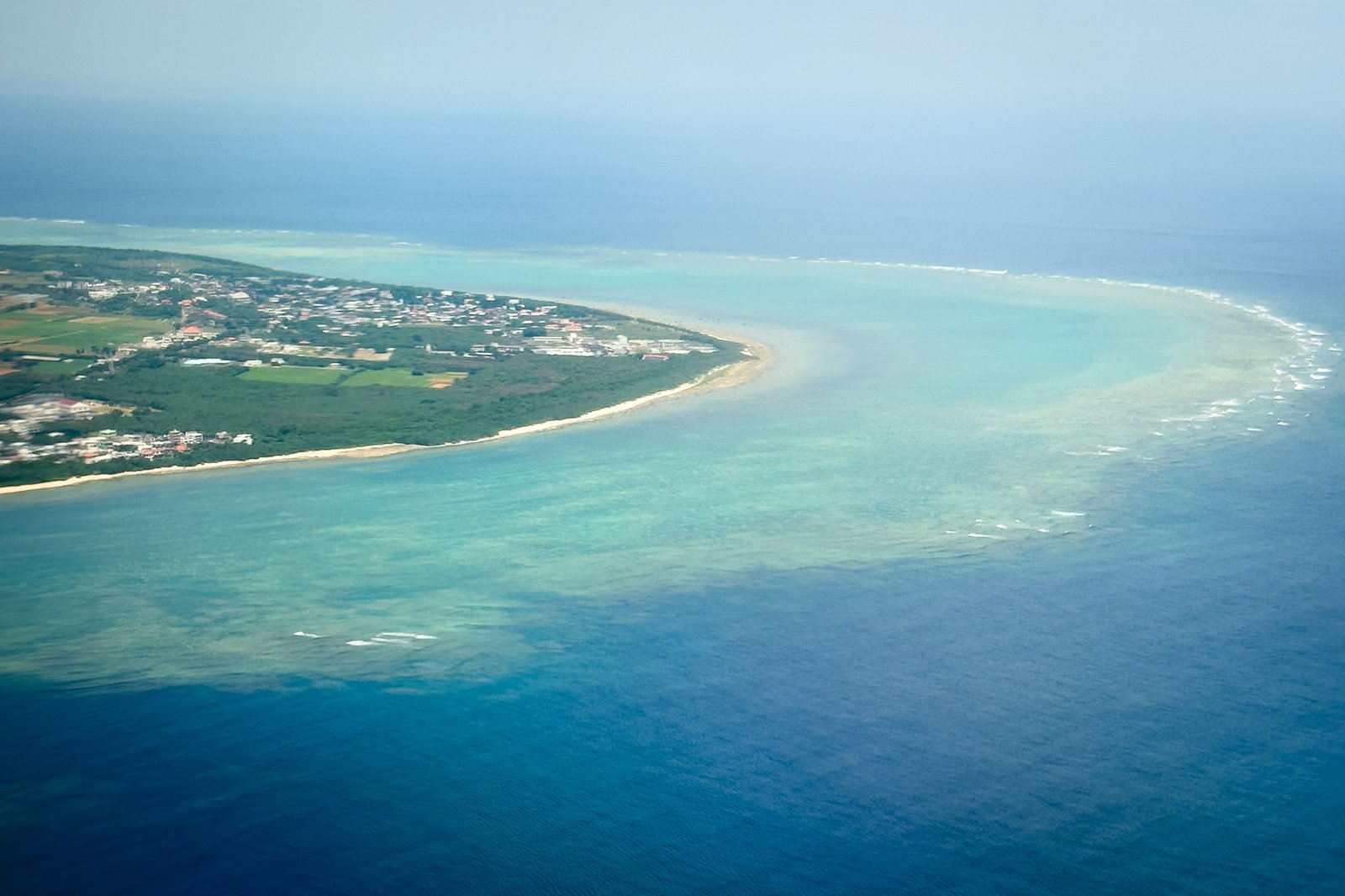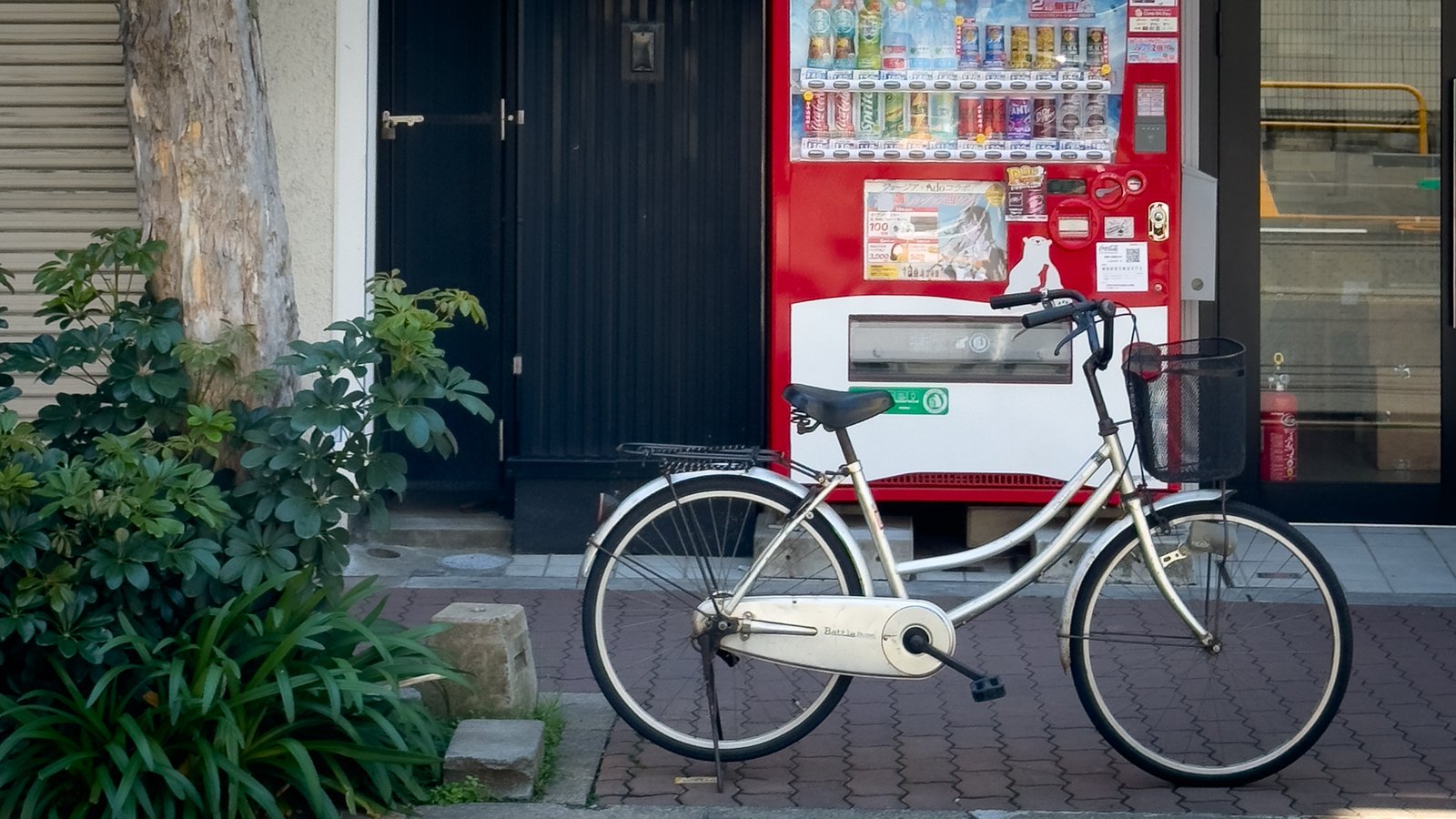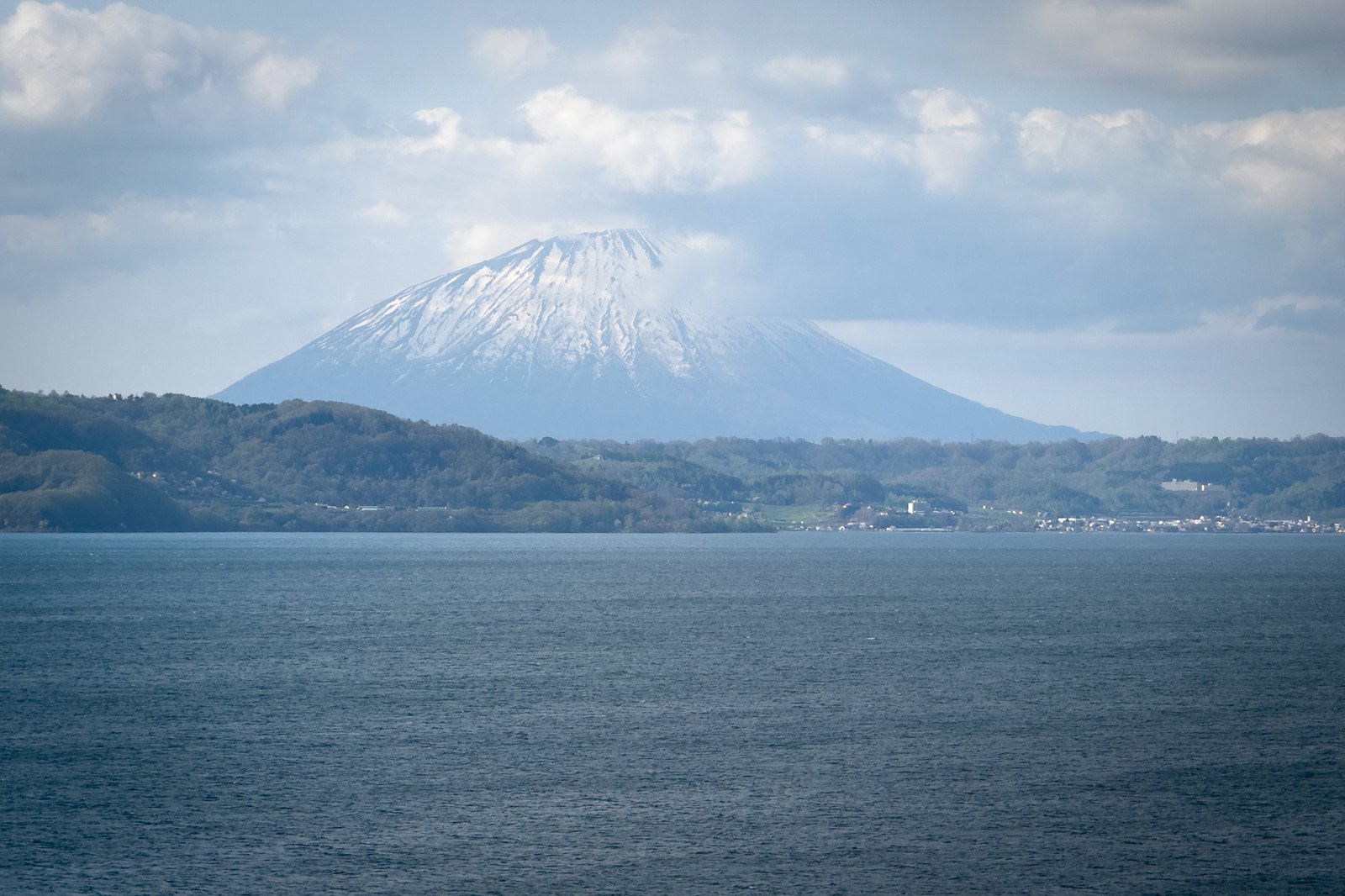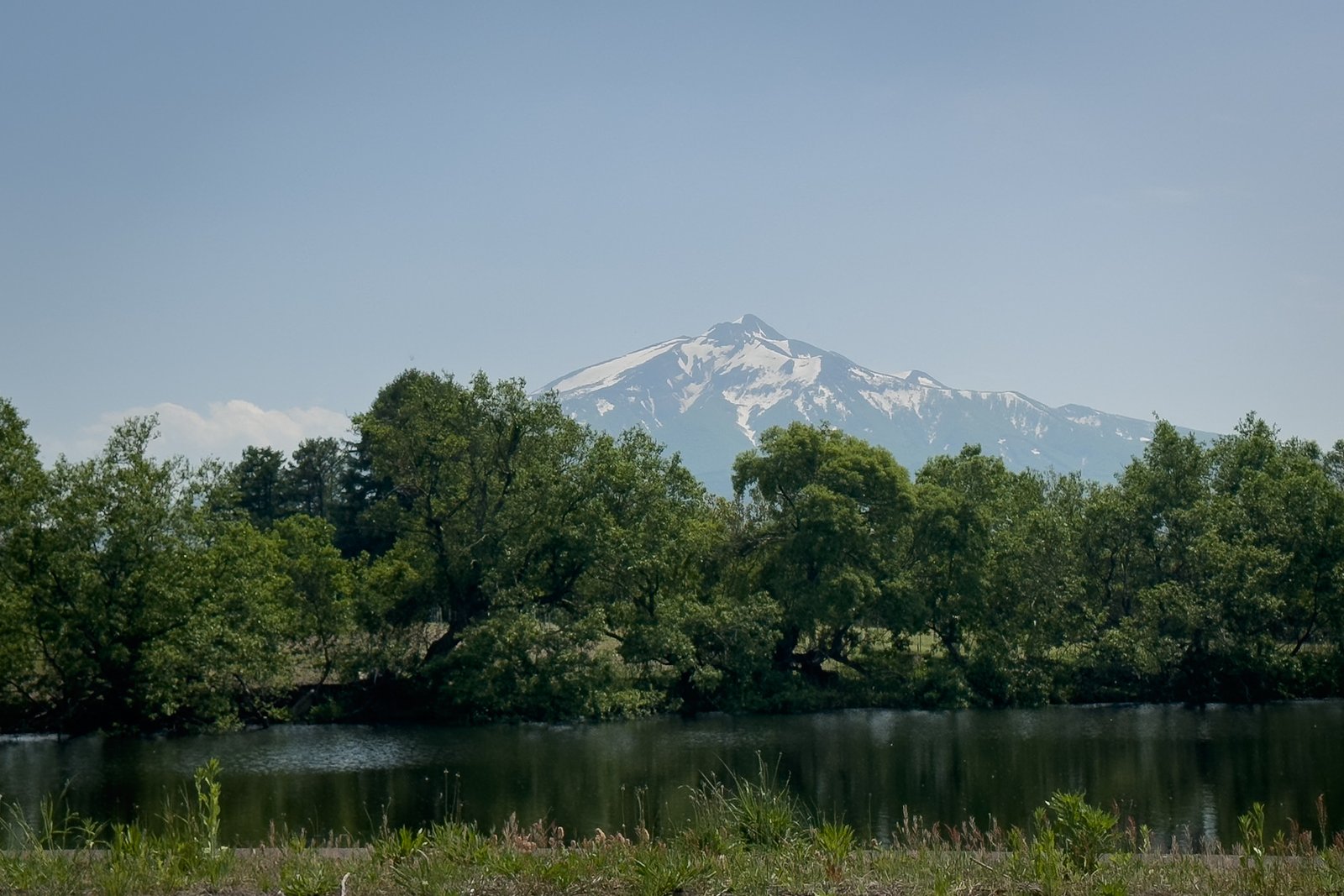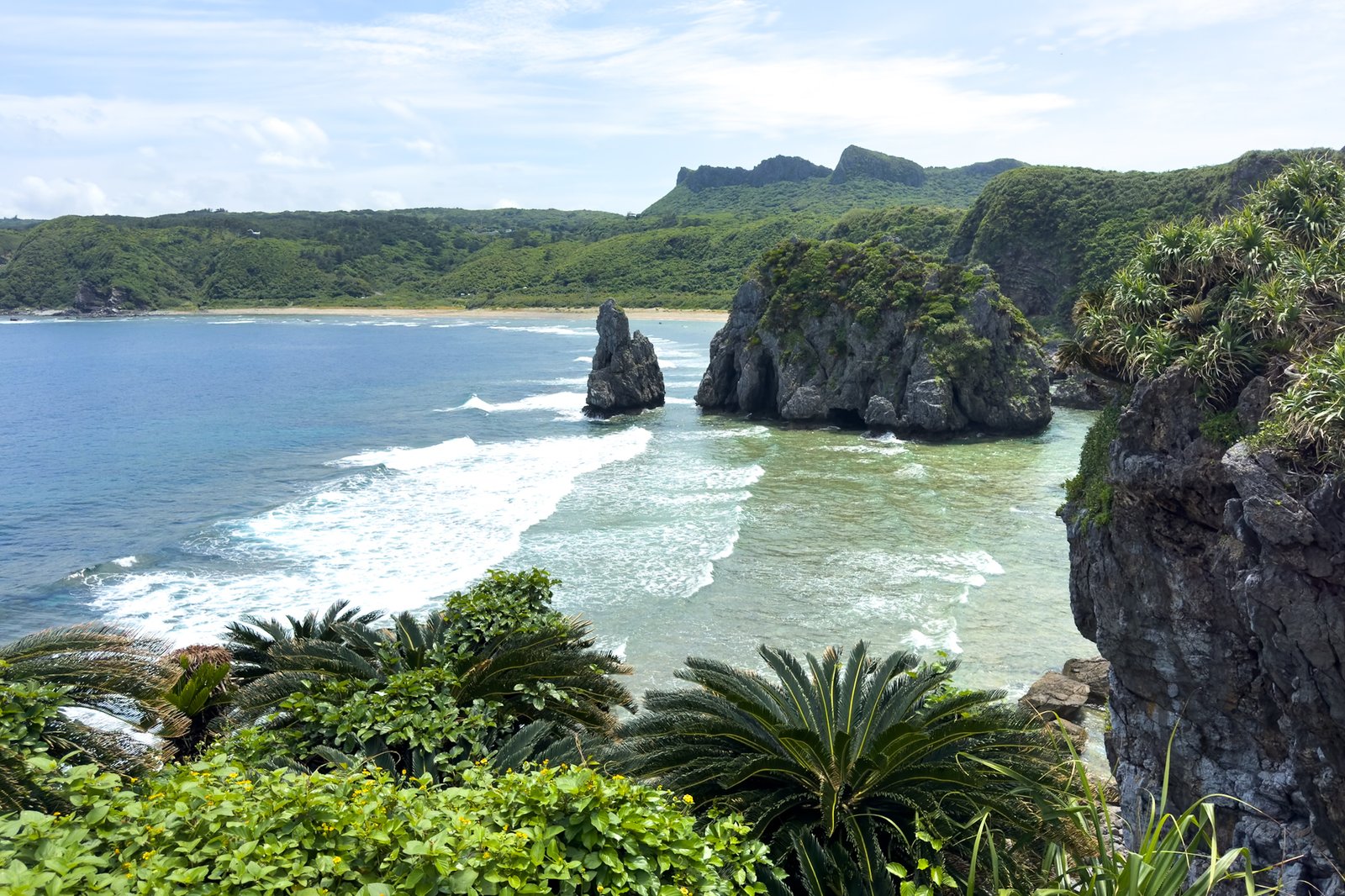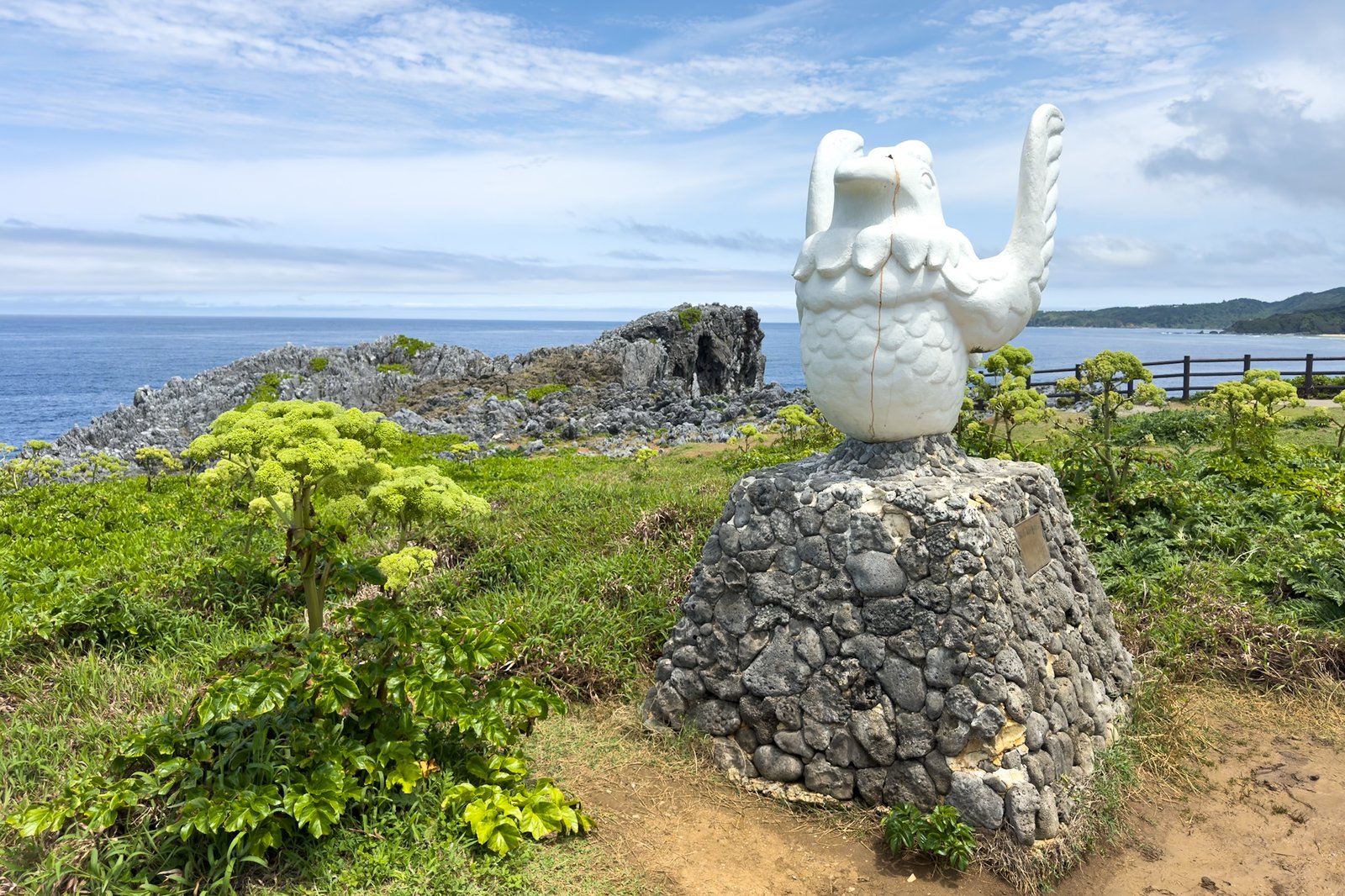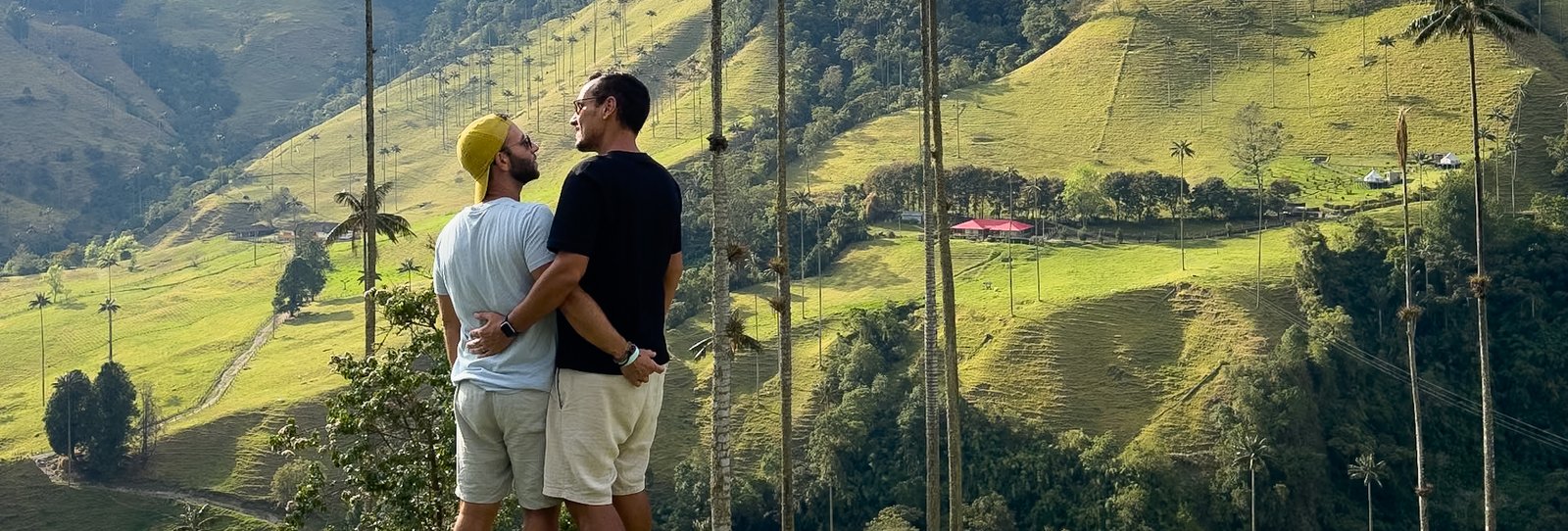If you’re looking for authentic experiences and want to escape the traditional tourist trail, exploring the off the beaten path Japan is the right choice. During our second trip around the world in 2025, we decided to immerse ourselves in this lesser-visited Japan, where local culture thrives away from the crowds and each city reveals a surprising side of the country.
In this list, we share with you the best cities for an alternative Japan, including northern destinations like Asahikawa, Otaru, Lake Toya, Hakodate, and Aomori, tropical gems like Okinawa and Ishigaki, as well as Utsunomiya and Sendai. You’ll discover places where tradition blends with nature, cuisine is an adventure, and each day brings unexpected encounters. If you want an authentic Japanese itinerary, get ready to be inspired!
Table of Contents
Why Choose cities Off the Beaten Path Japan?
Traveling through less touristy cities in Japan offers benefits that go far beyond avoiding crowds. By stepping off the traditional route—known as the “Golden Route,” which includes Tokyo, Kyoto, and Osaka—we get the opportunity to dive into a more authentic version of the country. The Japan National Tourism Organization highlights that exploring less-visited destinations allows you to experience Japan more peacefully, enjoying attractions at your own pace with personalized service.
In these cities, we’re often greeted with genuine hospitality. Additionally, accommodation and dining costs are usually lower. The article “Authentic Experiences” by the JNTO emphasizes that supporting small local businesses and producers helps preserve traditions and strengthen regional economies.
Another important point is the positive impact of combating overtourism, as analyzed by Tokyo Cheapo. By choosing cities off the tourist radar, we help maintain tourism sustainability and the quality of life for residents.
Finally, this choice creates unique memories. We participate in local festivals, discover rare landscapes, and experience Japan with freedom. The article “Fighting FOMO: Japan Travel Off the Beaten Path” by Japan Travel Pros delves deeper into this more conscious and authentic way of traveling in Japan off the beaten path.
The Best Off-the-Beaten-Path Cities in Japan
Asahikawa
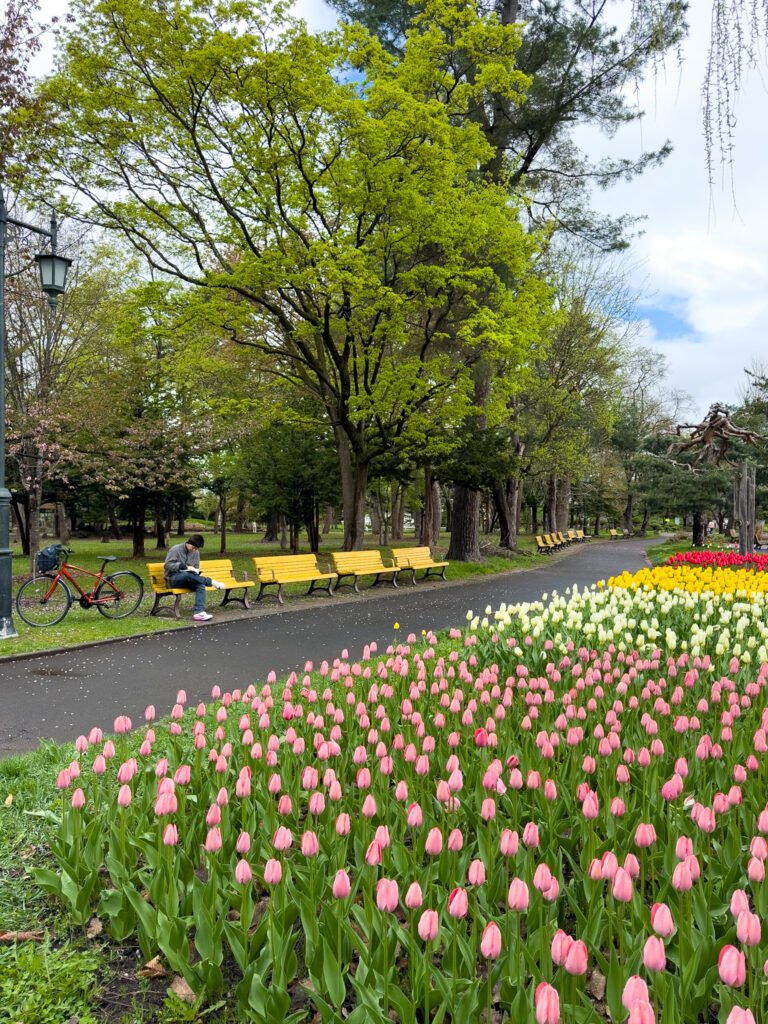

It was part of our Hokkaido road trip itinerary. Asahikawa is an excellent base for exploring unique places like Daisetsuzan National Park. The city has JR connections to Sapporo, but to explore the region in depth, we recommend renting a car. Also check out: what to do in Asahikawa and where to stay in Asahikawa.
Lake Toya
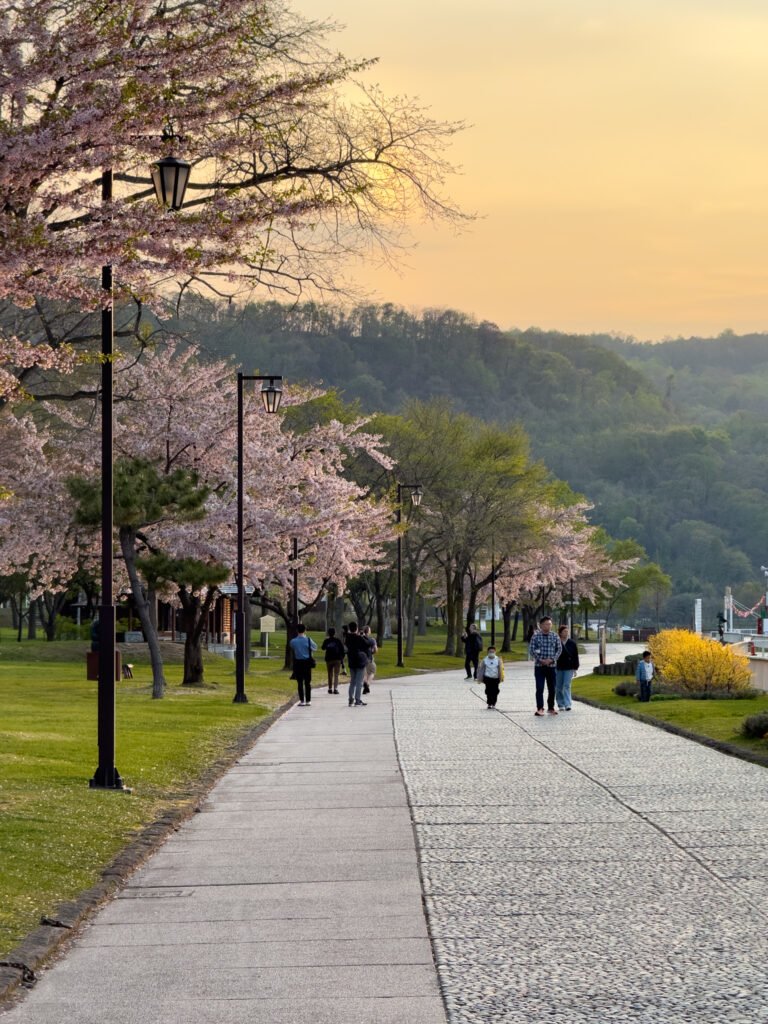
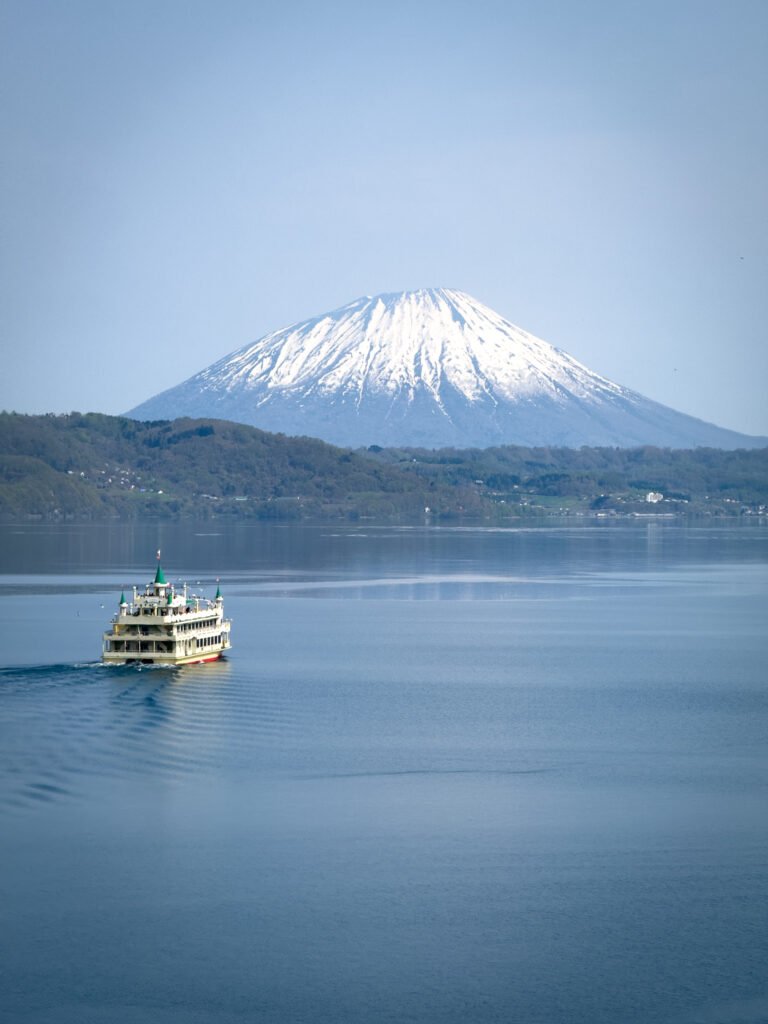
A breathtaking setting with the lake and Mount Usu as highlights. We included Lake Toya in our Hokkaido road trip and were amazed by the tranquility and authenticity of the area. Explore trails, onsens, and volcanic views. More info on where to stay at Lake Toya.
Okinawa
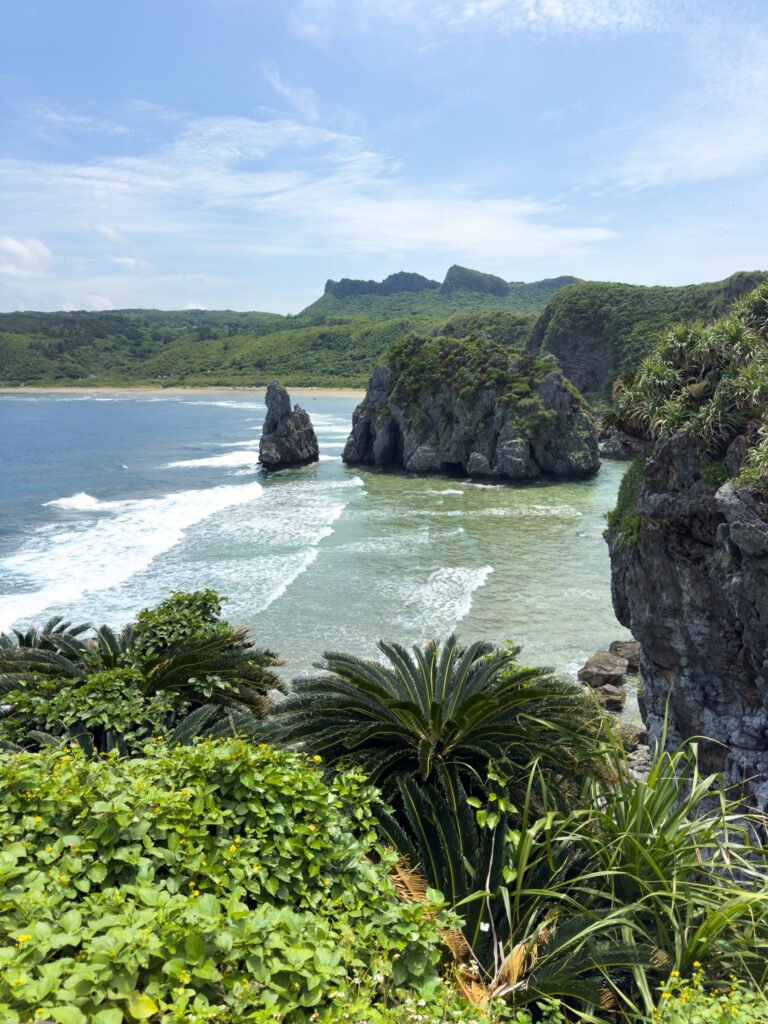
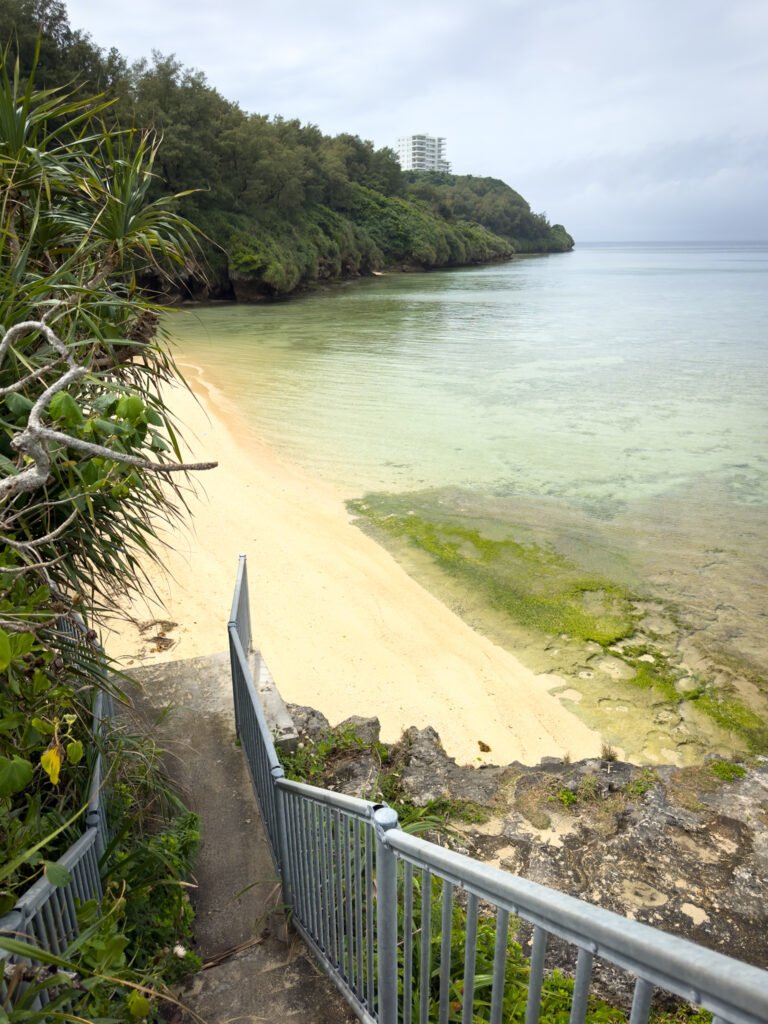
Still unexplored by many visitors to Japan, Okinawa is a tropical archipelago with much to offer beyond beaches. We visited outside peak season but still loved the distinct culture and cuisine. Explore more in our itinerary, activities, location, and where to stay in Okinawa.
Ishigaki
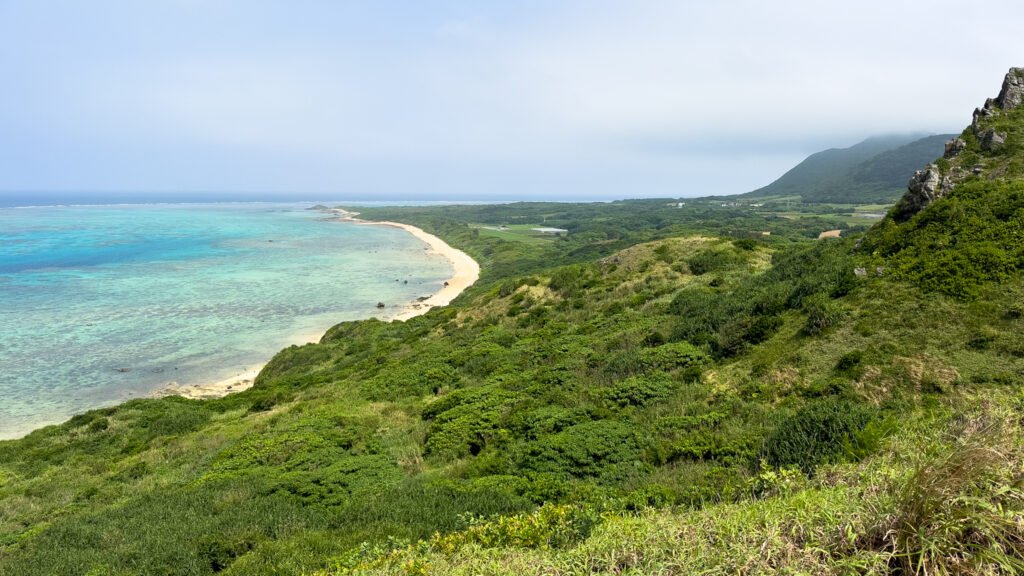

Little known among foreigners, Ishigaki is a natural paradise. We encountered rain during our visit but managed to explore the island by car and visit nearby islands like Taketomi. More about what to do in Ishigaki and where to stay in Ishigaki.
Otaru


Charming and nostalgic, Otaru was part of our road trip and surprised us with its canals, artisanal glass, and fresh sushi. It’s a tranquil getaway from Sapporo on an off-the-beaten-path Japan trip. Check out accommodation tips here.
Aomori

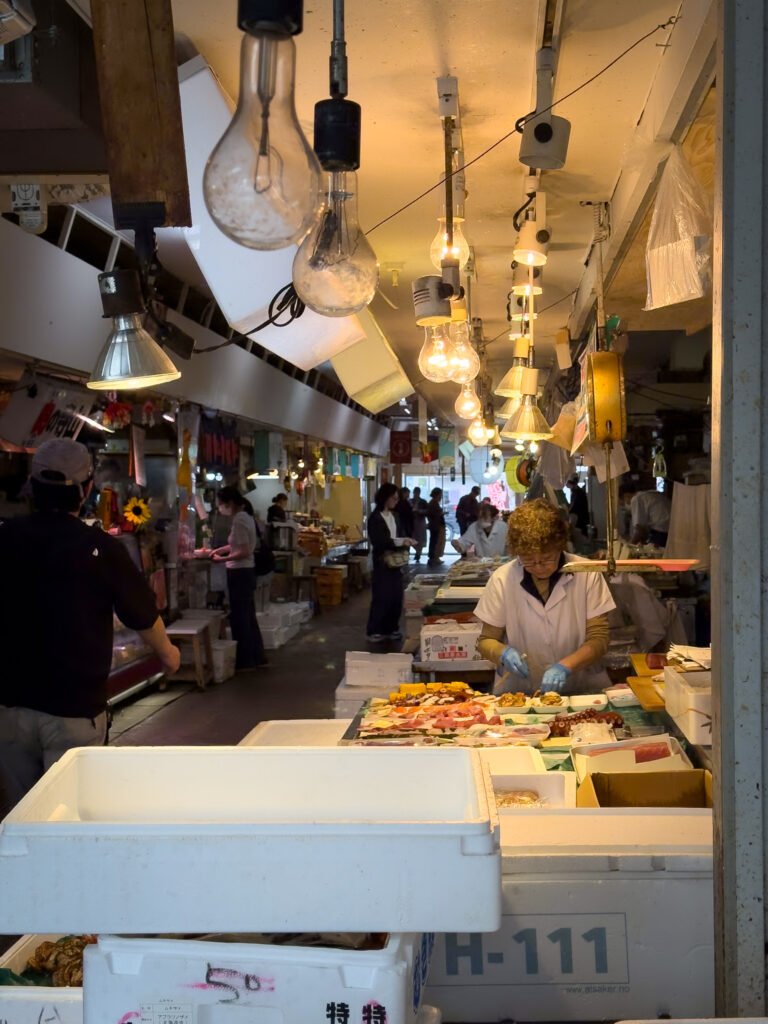
Known for its Nebuta festivals and natural landscapes. Take the opportunity to visit museums and try the region’s famous apples. More about what to do in Aomori and where to stay in Aomori.
Utsunomiya
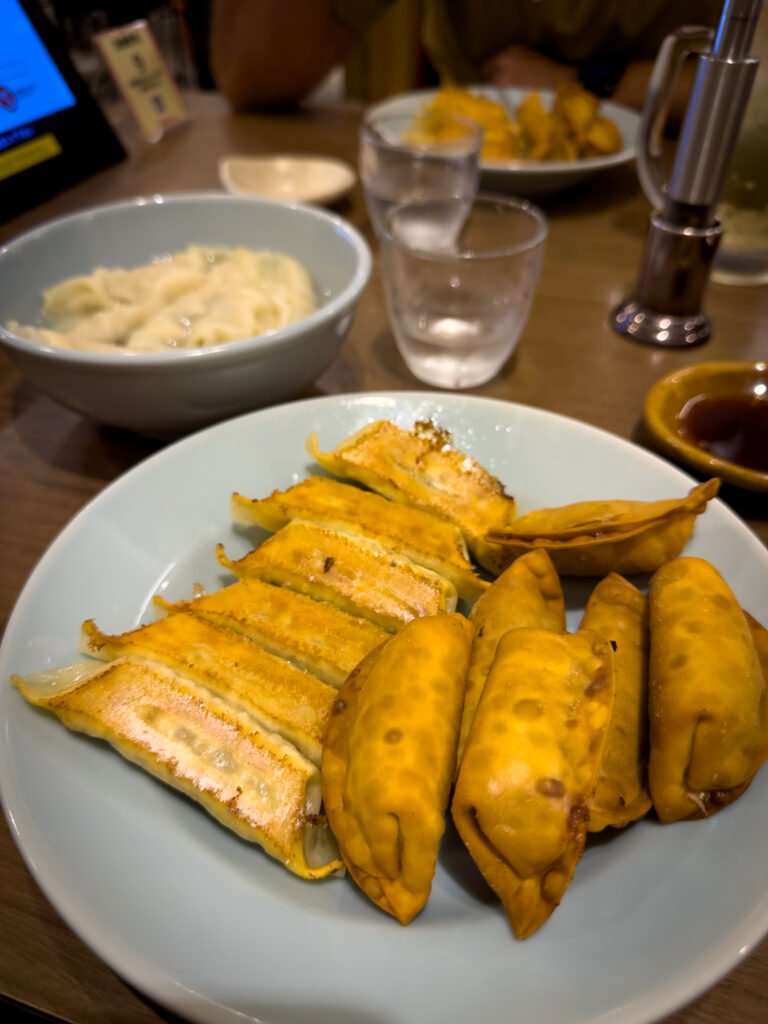
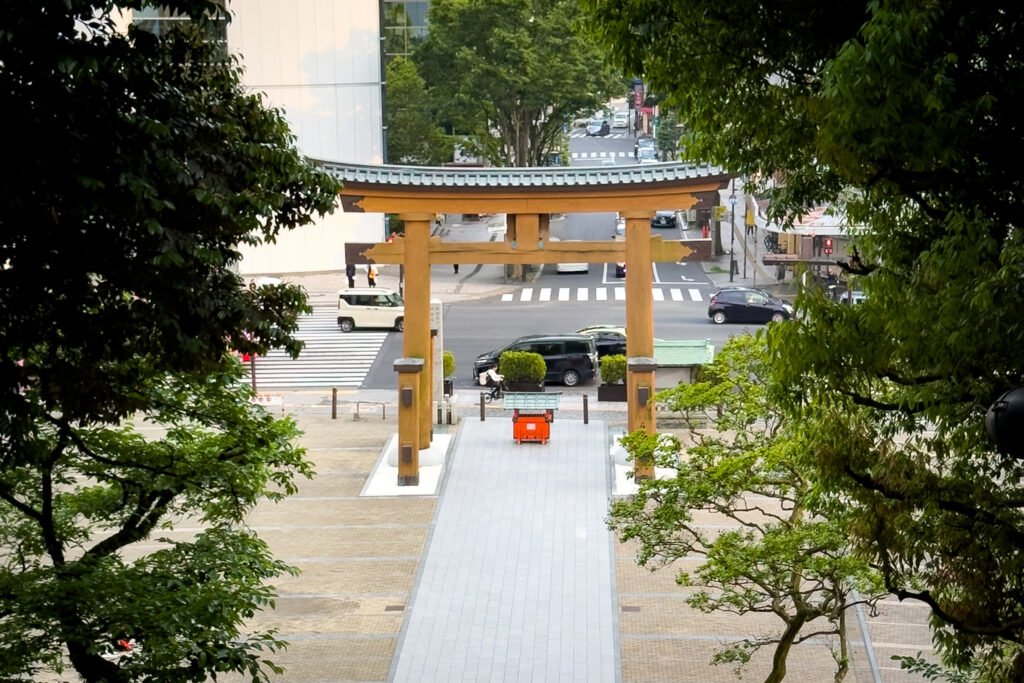
Known for its delicious gyoza and Oya Caves. Ideal for a detour from Tokyo on an off-the-beaten-path Japan itinerary. See more about accommodation in Utsunomiya and local activities.
Hakodate
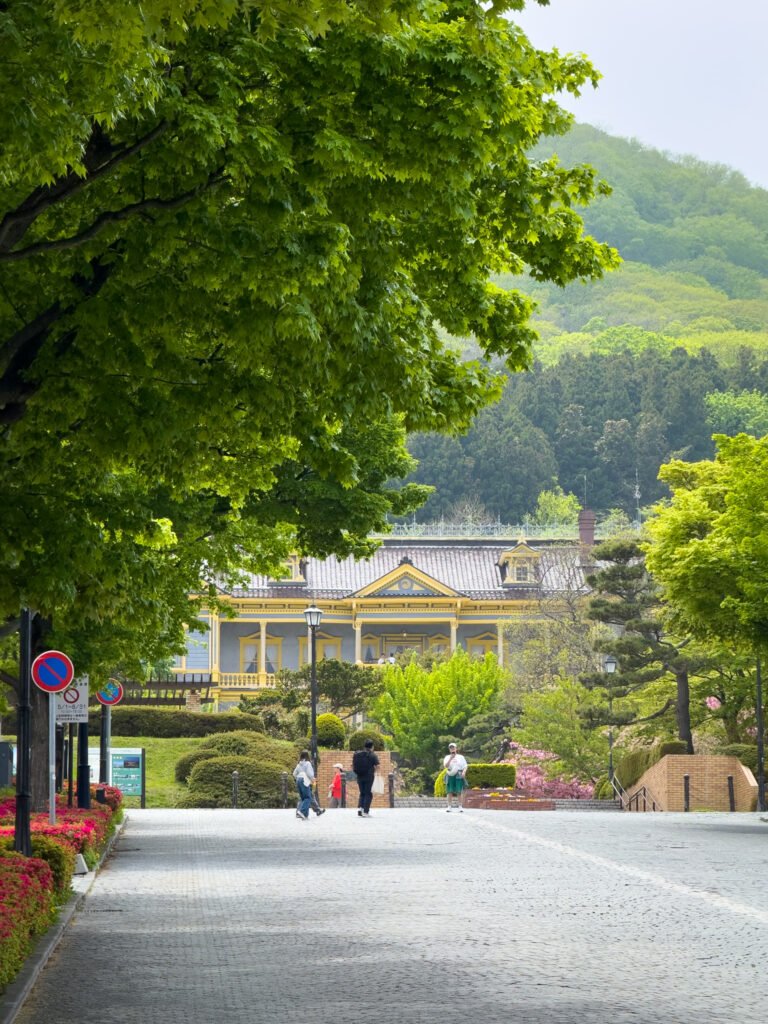
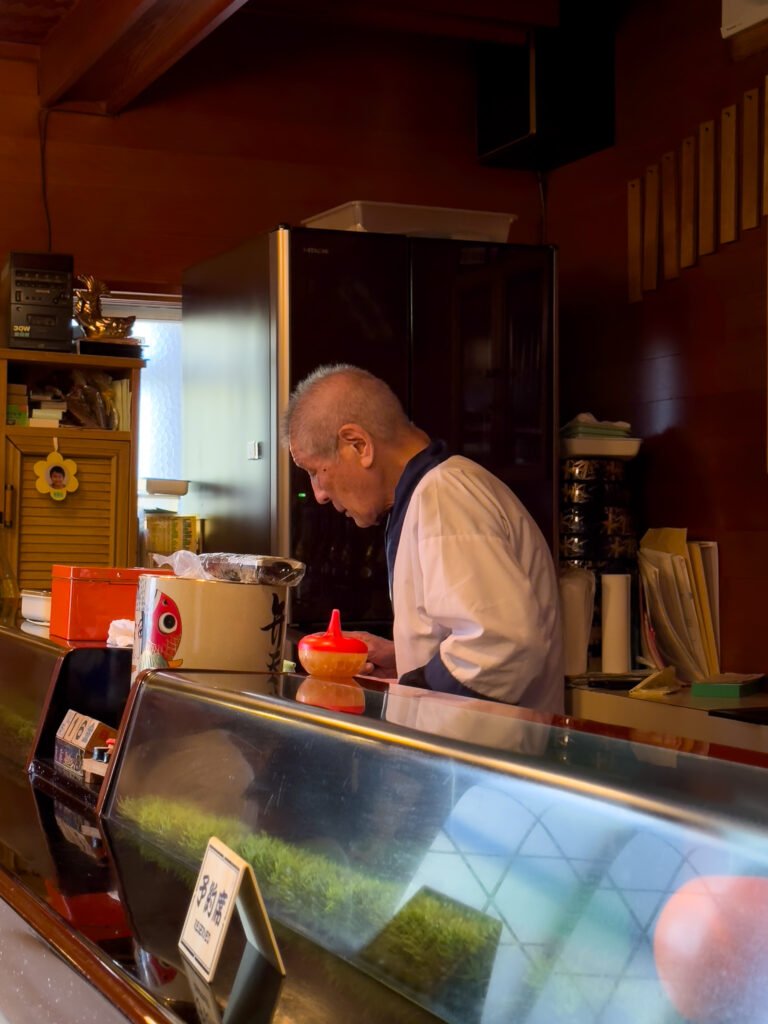
History, panoramic views, and vibrant markets. The city charmed us with the sunset from Mount Hakodate and its historic neighborhoods. Details in where to stay in Hakodate and Hokkaido road trip itinerary.
Sendai
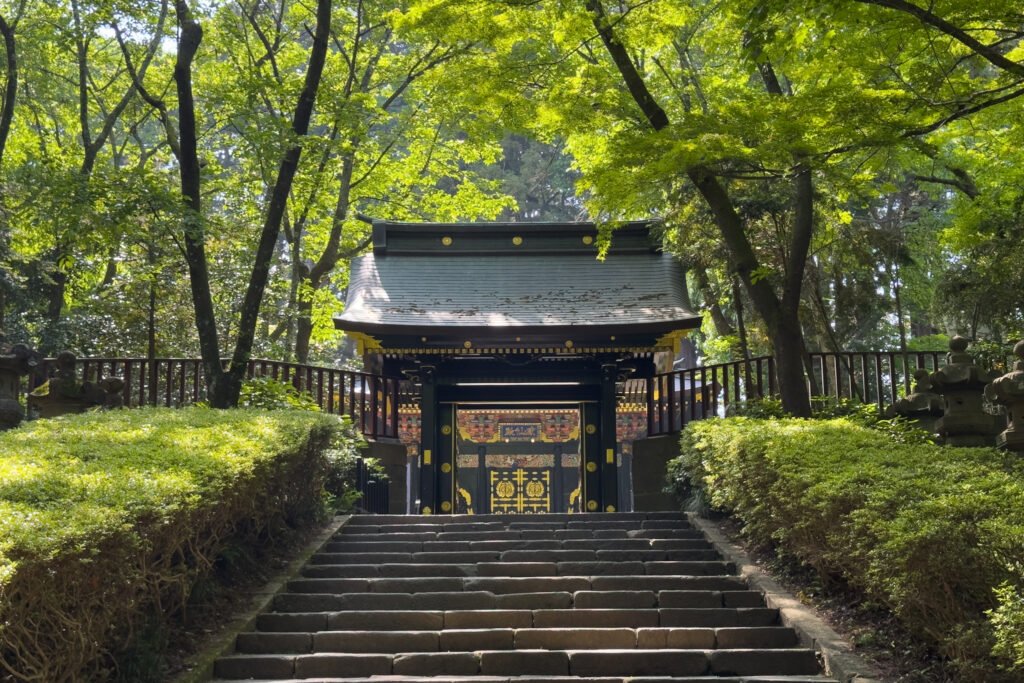

The capital of the Tohoku region surprised us with samurai history, parks, and the beauty of Matsushima Bay. Check out accommodation suggestions to plan your visit on an off-the-beaten-path Japan trip.
Tips for Exploring Off-the-Beaten-Path Japan
- Plan with flexibility: There aren’t always direct trains. Combine JR Pass, local transport, and car rentals.
- Local cuisine: Try Asahikawa ramen, Utsunomiya gyoza, fresh fish in Hakodate, and tropical fruits in Okinawa.
- Respect culture and environment: Learn basic Japanese words and follow local rules carefully.
- Focus on experiences: Relax in onsens, chat with locals, and explore markets and nature trails.
- Best time to visit: Spring and autumn are ideal to avoid extreme northern cold and southern tropical heat.
FAQs: Frequently Asked Questions About Off-the-Beaten-Path Cities in Japan
Is it safe to travel through less touristy cities in Japan?
Yes, Japan is one of the safest countries in the world, even in rural or less-visited areas. Just pay attention to transport schedules and respect local norms.
Is Hokkaido worth visiting outside winter?
Yes! Spring and summer in Hokkaido are ideal for hiking, flower landscapes, and local festivals. The region has much to offer year-round.
Can I use the JR Pass in these off-the-beaten-path cities?
In most cases, yes. Many of the mentioned cities are served by regional JR lines. However, for islands like Okinawa and Ishigaki, the JR Pass is not valid.
How to choose where to stay in these cities?
We have dedicated articles with accommodation suggestions by category (budget, mid-range, and luxury) for all these cities. Explore the links in the article for more details.
How many days do I need to explore these destinations?
It depends on the city, but we recommend at least 2 to 3 days per destination to fully enjoy the experience and avoid rushing.



